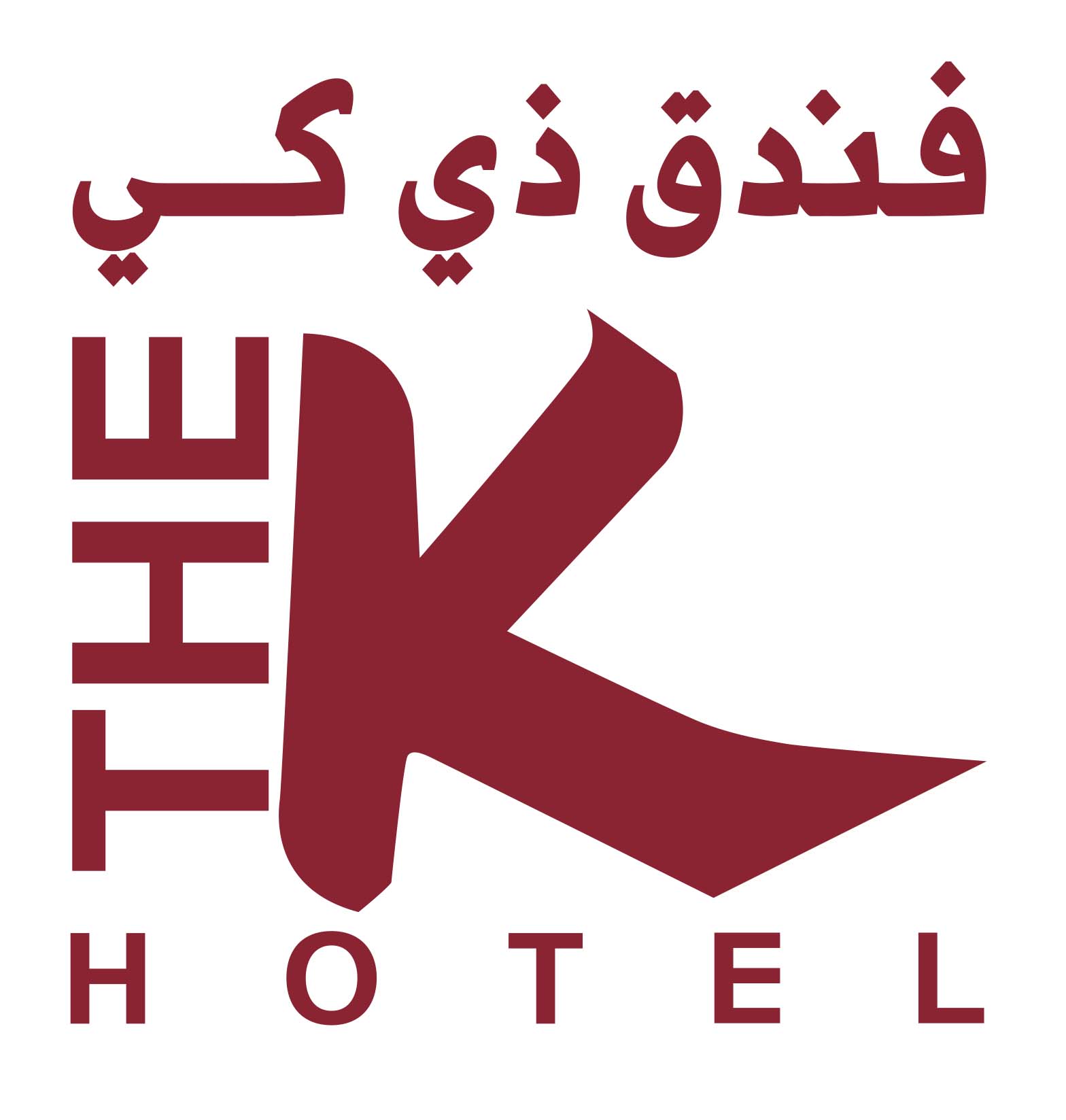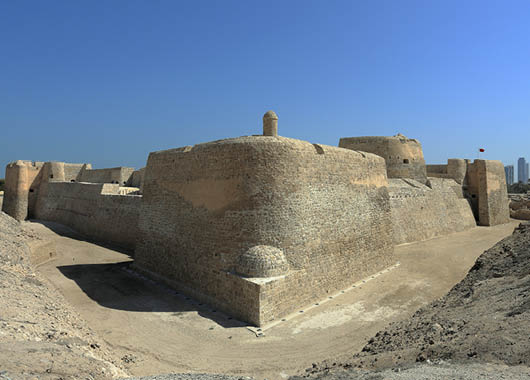


Central to life in Bahrain for centuries, pearl diving has to be the quintessential Bahraini experience. The beach resort of Al Dar Island offers regular pearl dives and cruises to Jarada Island where you might find yourself sunbathing on the spit of white sand and bobbing in its clear waters all on your own.

In addition to pearls, you can also get the chance to see up to 30 types of coral and more than 200 species of fish. Dolphin watching along the many surrounding coral reefs is another popular pastime and they are best spotted at sunrise or sunset. A day excursion to the pearl reefs is a lot of fun.
Take a dhow trip for an even more authentic experience. You can order Arabic food and pearl divers will regale you with their tales of the high-seas. For the wildlife enthusiast, a 45-minute ferry ride from Al Dur Jetty to Hawar Island is a must.
The Hawar Islands are renowned as a wildlife preserve of international significance and offer a pristine beach and a chance to spot dolphins and rare birds thanks to their position in the middle of their migratory path.

The Qal'at al-Bahrain (Arabic: قلعة البحرين; Portuguese: Forte de Barém), also known as the Bahrain Fort or Portuguese Fort, is an archaeological site located in Bahrain. Archaeological excavations carried out since 1954 have unearthed antiquities from an artificial mound of 12 m (39 ft) height containing seven stratified layers, created by various occupants from 2300 BC up to the 18th century, including Kassites, Greeks, Portuguese and Persians. It was once the capital of the Dilmun civilization and was inscribed as a UNESCO World Heritage Site in 2005. The fort and the tell Qal'at al-Bahrain is built on, are located on the Bahrain island, on the northern seashore. On a clear day it is also seen from Saar. It stands like a "sentinel" near Manama, the capital of Bahrain; it is 6 km (4 mi) away from Manama on the fertile north coast. The tell is the largest in the Persian Gulf region and was built close to the port and by reclamation of seashore land. The archaeological findings, which are unearthed in the fort,reveal much about the history of the country. The area is thought to have been occupied for about 5000 years and contains a valuable insight into the Copper and Bronze Ages of Bahrain.